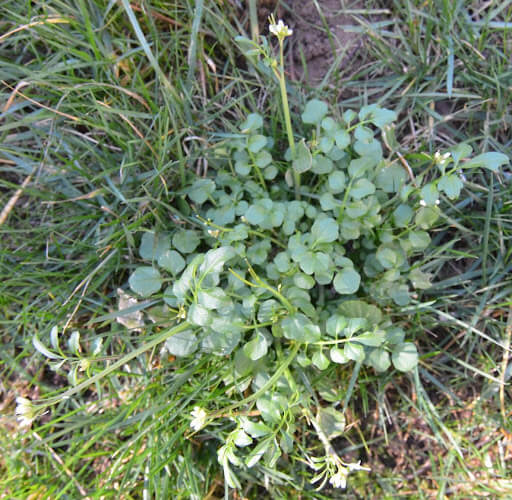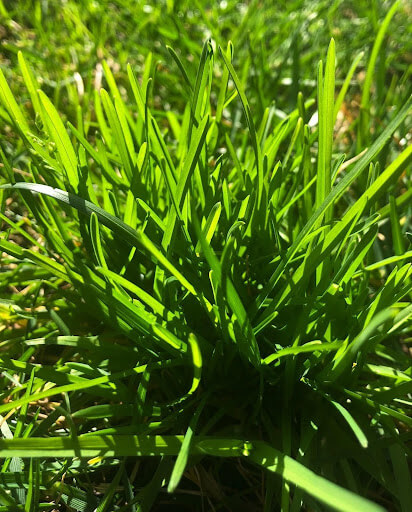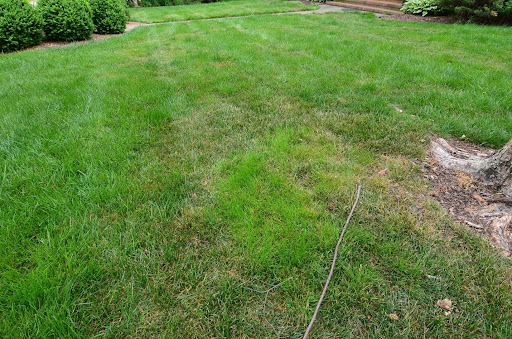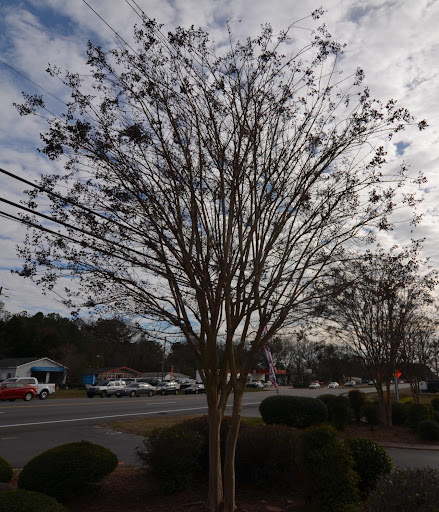Even with the warm weather we’re getting, there are still plenty of winter lawn issues to consider.

Warm-season turf like bermuda, zoysia and especially centipede can sustain damage from the winter air and cold ground temperatures. While these grasses don’t innately combat these conditions, excellent breeding programs have given us varieties that are able to handle these conditions much better.
Conditions that increase the possibility for winter injury/damage are:


During the winter months, fescue turf can experience desiccation of the leaf tissues (a yellow or brownish coloring of the leaf blades). This is often caused when the moisture in the grass blades freezes and ruptures the cells at the tip of the blades. There are also a few turf diseases in the winter that could be the cause.
An increase in temperatures, along with the early spring lawn maintenance, should help your lawn recover and flourish. Additionally, you can also:
Winter annual weeds can be prolific this time of year. These weeds germinate in the fall, grow through the winter months and reproduce in the spring. The most appropriate time to treat these weeds is now/when they are young and actively growing. They become difficult to control once they start to flower.

Broadleaf weed control could be difficult this spring due to many fescue lawns being thin and not completely tillered. Tiller simply means the fescue plant adds additional leaf blades, thickening the plant and increasing its ability to compete against broadleaf weeds.
Research has shown that maintaining a mowing height of 3½” – 4” on fescue can reduces the amount, while also helping promote healthy turf. This is why we try to include post-emergent broadleaf weed control with most lawn applications every year. Even with this, though, broadleaf weeds will never stop developing in managed turf.


Poa annua (annual blugrass) and Poa trivialis (rough bluegrass) are some of the most difficult grassy weeds to control:
As we’re already outside the windows of preventive applications, the best control at this point is to maintain good quality turf and density. Please contact us or visit here to find out what services we can offer to help your specific lawn.


Crabgrass will usually start to germinate in late March or early April (when temperatures for lawns don’t fit in either a warm-season or cool-season grass classification). However, it could be earlier this year due to the increase in current ground temperatures. Germination will occur when soil temperatures start reaching 53 degrees, for a depth of 3-4 inches, on bare spots with little desirable turf and in full sun.
It is always best to control crabgrass, when possible, before it germinates, matures and becomes difficult to manage. Fairway Green utilizes a three-part pre-emergent application process on cool season turf. This application starts to break down around mid-July, so fescue seeding can start around the end of August. Early crabgrass breakthrough, after pre-emergent applications, can be attributed to low mowing heights, thin areas in a lawn and aggressive edging along sidewalks and driveways.
For even more info, be sure to check out our blog on dealing with and preventing crabgrass and moss.


If done correctly, February and March are great times to prune your crepe myrtles. The proper way is to trim only the branches that are rubbing or crossing other branches, which will improve the natural form.
Pruning a crepe myrtle is meant to enhance the natural appearance and growth of the individual tree, not to produce more flowers. Many people cut off the top of the branches, leaving a stump appearance to the tree known as topping. This creates several non-productive and supportive branches on the tree, which are weak, often produce late/shorter bloom times and can diminish the overall health of the tree.
A few other ornamentals that are worth pruning now are most varieties of camelia, rose of Sharon, butterfly bush and nandina.